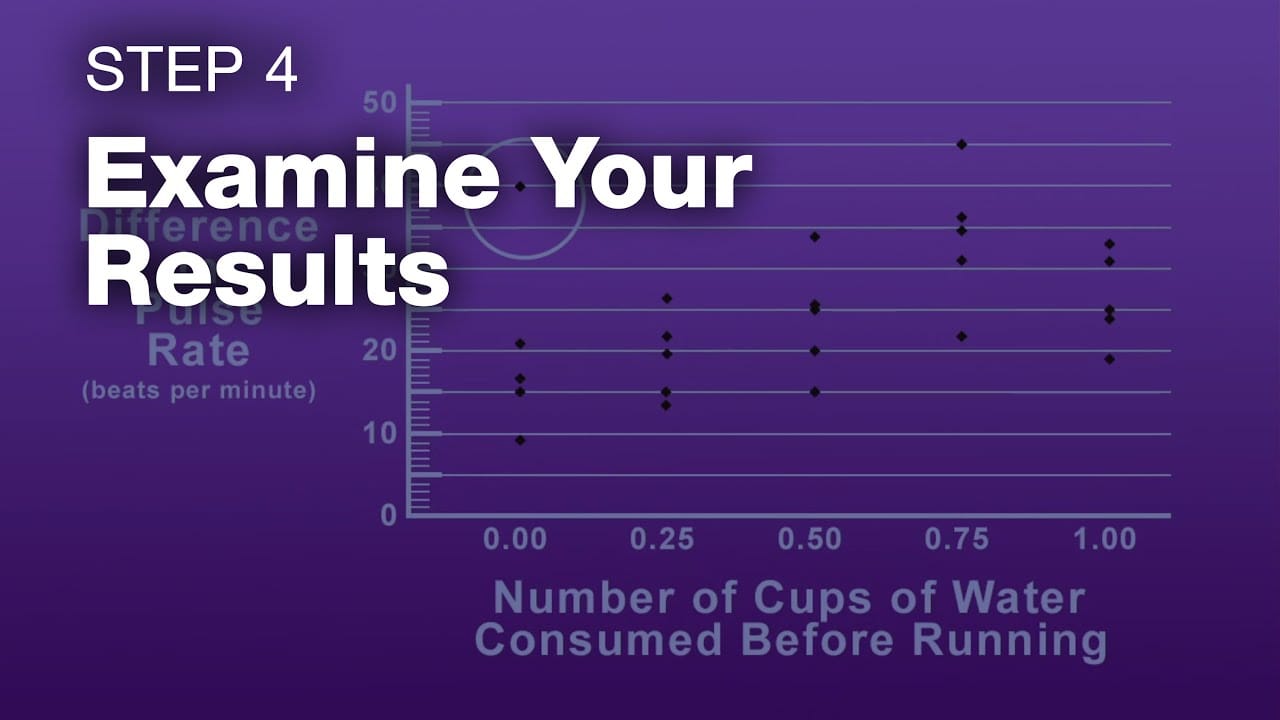5 Powerful Steps to Ace Your Science Fair Project: DIY Space Edition – Mastering Step 4!
Students discover that many outside factors can influence a science experiment or engineering design and learn to think critically …
source
DIY Space: How to Do a Science Fair Project – Step 4
Welcome back to our DIY Space series on executing the perfect science fair project! We’ve covered the basics of choosing a topic, conducting research, and formulating a hypothesis. Now, it’s time for Step 4: Designing Your Experiment. This step is crucial as it lays the groundwork for how you will test your hypothesis and gather data effectively.
Understanding Your Objective
Before jumping into the nitty-gritty, ensure you clearly understand your project’s aim. What are you trying to find out or prove? Revisiting your hypothesis will help you shape your experiment design.
Tips for Designing Your Experiment:
Identify Variables:
- Independent Variable: This is what you will change in your experiment. For example, if you are testing how different fertilizers affect plant growth, the type of fertilizer is your independent variable.
- Dependent Variable: This is what you will measure. In the same example, growth (height, number of leaves, etc.) would be your dependent variable.
- Control Variables: These are the factors that need to remain constant to ensure a fair test—such as the amount of water, sunlight, and type of plant.
Choose Your Method:
- Decide whether your experiment will be quantitative (involving measurements and numbers) or qualitative (observations). Often, a combination of both yields the most comprehensive results.
Create a Step-by-Step Procedure:
- Write a detailed procedure that outlines exactly how you will conduct your experiment. This should include:
- Materials needed: List all items you will need with quantities.
- Step-by-step instructions: Break down the experiment into clear, manageable steps. Each step should be easy to follow, allowing anyone to replicate your experiment.
- Write a detailed procedure that outlines exactly how you will conduct your experiment. This should include:
Plan for Replication:
- Consider how you can conduct your experiment multiple times (trials) to collect reliable data. The more trials you perform, the more accurate your results tend to be.
- Sketch a Diagram (if applicable):
- Visual aids can help clarify your experiment’s setup. A simple drawing can explain your layout, equipment arrangements, or observations.
Example Experiment Design
Let’s say you’re investigating the effect of sunlight on plant growth. Here’s how your experiment design might look:
Objective:
Determine how different amounts of sunlight affect the growth of bean plants.
Variables:
- Independent Variable: Amount of sunlight (full sun, partial shade, full shade)
- Dependent Variable: Height of plants (measured in inches)
- Control Variables: Same type of bean plant, same soil quality, same pot size, same watering schedule.
Materials:
- 3 identical pots
- Bean seeds
- Potting soil
- Ruler for measuring growth
- Watering can
- Access to different sunlight environments
Procedure:
- Fill each pot with the same amount of potting soil.
- Plant one bean seed in each pot.
- Place one pot in full sunlight, another in partial shade, and the last in full shade.
- Water each plant the same amount every day.
- Measure and record the height of each plant once a week for four weeks.
Diagram:
- A simple sketch showing the arrangement of pots in different light conditions.
Conclusion
In Step 4 of your science fair project, designing your experiment is a vital process that sets the stage for discovery. By carefully planning how you will investigate your hypothesis, you’ll be well-prepared to collect reliable data in the next steps. As you move forward, make sure to document every aspect of your experiment robustly—this will help you in analyzing and presenting your results later.
Stay tuned for Step 5, where we’ll explore how to analyze your data and draw conclusions from your findings! Happy experimenting!















Post Comment